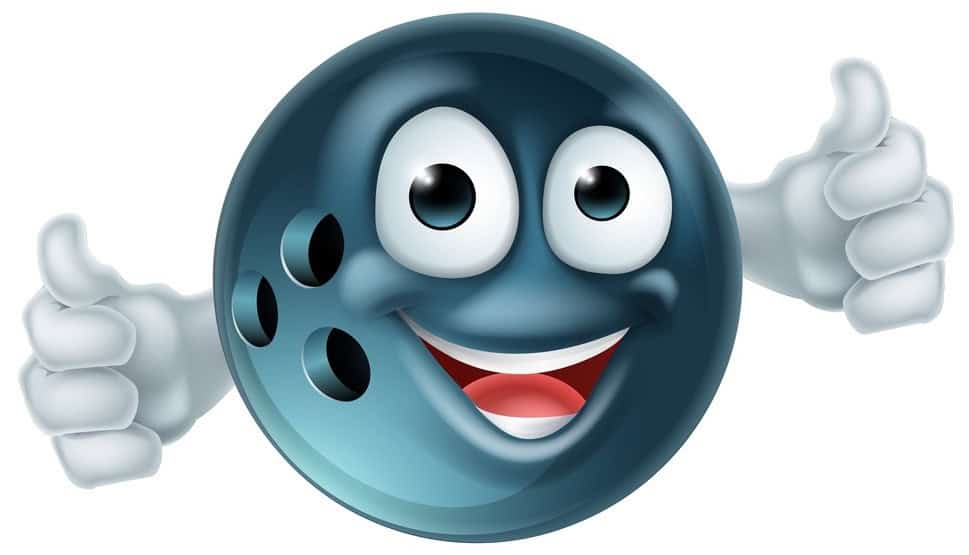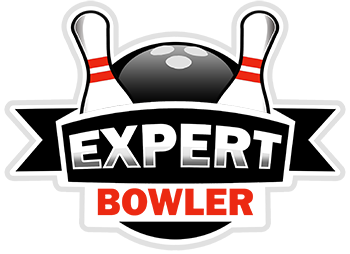As an Amazon Associate we earn from qualifying purchases.
Bowling may not be the trendiest sport there is, but it is definitely one of the most enjoyable there is. You can play leisurely or competitively without a lot of fuss. You can even pace your improvement in your own terms, making it a relaxed and less stressful hobby for many. Upping your game isn’t even that aggravating and the hardest part may even be in the task of choosing a bowling ball for your personal use.

This might come as a surprise to many, but it’s more than just the weight that you have to deal with when shopping for a bowling ball. While this is a crucial part of the process, it’s not the only thing that you have to deal with. You also have to look into the components and materials of the ball before you make a choice. You’ll also have to consider its performance and your skills to ensure that you’ll have ample control over the ball.
So, to help you how to pick a bowling ball that will suit your needs, capabilities, techniques, and preferences, here are a few pointers for most considerations that we recommend that you keep in mind.
Table of Contents
# Choosing According to Weight
The ball’s weight is the first thing people consider when shopping for one of these sport’s equipment as it is the most obvious thing to fret about. A ball that’s too light or too heavy won’t give you the best results, so it’s important to know how to choose a bowling ball weight that suits you best.
There are three recommendations how to find the best weight for you:
1. According to some, your bowling ball’s weight should be equivalent to 10% of your total body weight or up to the maximum 16 lbs.
2. Add one or two lbs to your house ball weight. Experts say that if the holes are drilled to fit your hand perfectly, a ball will feel up to 2 lbs lighter, ensuring that you can still throw comfortably even with a ball that’s a bit heavier than what you’re used to.
3. Go for the heaviest ball that you can comfortably throw.
It is strongly advised that you shouldn’t go heavier just because you feel like you need to. If you’re still wondering what weight bowling ball should I use, you should always stick to a comfortable weight. This will let you avoid injuries and guarantees that you’ll actually be able to use the ball you’re buying.
# Choosing According to Coverstock Material
The coverstock is the outer coating of bowling balls, making them essential considerations when shopping for this sporting equipment as they have a direct effect on your throws. You’ll want to find one that matches the lane conditions you play in, so you can ensure better control and results from your efforts.
The first thing you need to consider when choosing a coverstock is what you want your ball to do. Plastic types are often very smooth and won’t really rotate so much so they’re perfect if you want your ball to go straight and hard. Urethane and reactive resin types are good for those who want their throws to hook. The degree of these hooks will vary depending on the material, however.
Urethane types hook throughout the lane, preventing it from using its energy early on its roll. This makes it ideal for spare balls and for dry lanes. The reactive resin balls, however, tend to have aggressive hooks, making them trickier to use but are more suitable for heavily oiled lanes. This also gives these balls the highest potentials for strikes, as their back end aggression tends to guarantee more pins hit.
# Choosing According to Hook Potential
The most complicated part of choosing a bowling ball is in the hook potential. This part will need you to understand a good deal of physics concepts, so it might seem a bit daunting to some. So to make things simpler for everyone, here are the essentials that you need to know how to choose a bowling ball core:
1. Bowling ball cores or weight blocks come in different shapes and styles, each offering a different hook potential. Naturally, beginners should stick with simpler styles so they can get a good understanding of the different techniques first. If you take the plunge and opt for a more sophisticated core, you might struggle with controlling the ball and have a hard time achieving what you want to do because your skills aren’t advanced enough to counter and control the special shape of the weight block.
2. Pancake cores are best options for beginners who want to perfect their ball control first before refining hooks and other techniques.
3. Symmetrical cores tend to offer higher hook potentials with the right coverstock material. They also allow for more hole configurations and can even drill holes for specific purposes and goals. They also offer medium hooks, so they’re better suited for drier lanes and those who tend to throw slow balls.

4. Asymmetrical cores tend to have disproportionately shaped weight blocks so they tend to have varied effects on the balls’ movements. This gives them higher skid lengths before hooking aggressively into the break point. This makes them excellent strike balls. Even in heavily oiled lanes, granted that they have a good matching coverstock, they can still offer better results.
Drilling into these balls are trickier, however, because of the oddly shaped core. If not done properly, you might even actually hit the core, requiring you to find ways to compensate for the error and still have good control of the ball.
# Do Lots of Research
Arming yourself with enough information about bowling balls will help you find a good match for you, even just in theory. For additional information, you should also seek out other people’s opinions. Asking questions like “What type of bowling ball do I need?” or “Am I ready to work with reactive resin balls?” to more seasoned players, pro shop owners, and professionals should help you out greatly.
Their experience will prove to be very helpful even if almost every bowler has varying techniques and methods. It’s still important to get to know how others pick their own bowling balls as they might just have very specific pro tips that you’ll find useful, ensuring a better fit and match for you.
# Your Game, Your Ball
In the end, the choice is completely yours when it comes to shopping for your bowling ball. As long as you’re familiar with your bowling skills and techniques, you’ll be able to find a good ball to help you play better.
Photo Credit: 1. ShutterStock, 2. Stormbowling
Amazon and the Amazon logo are trademarks of Amazon.com, Inc, or its affiliates.

I found this website very insightful and helpful, especially for beginners.
Thanks Jeffery,
This is a great start for me.
I’m a fairly new bowler, joined a league this past summer and am in one now. I love this game and am improving as I go.
I’m starting to research balls and how to bowl a strike, etc.
Thank you for the info,very helpful!
Nance
Total years bowling +30 stopped for 4 and now starting back up…again! This blog was a perfect reboot for me to help get my mind back in the game! Excellent structure!